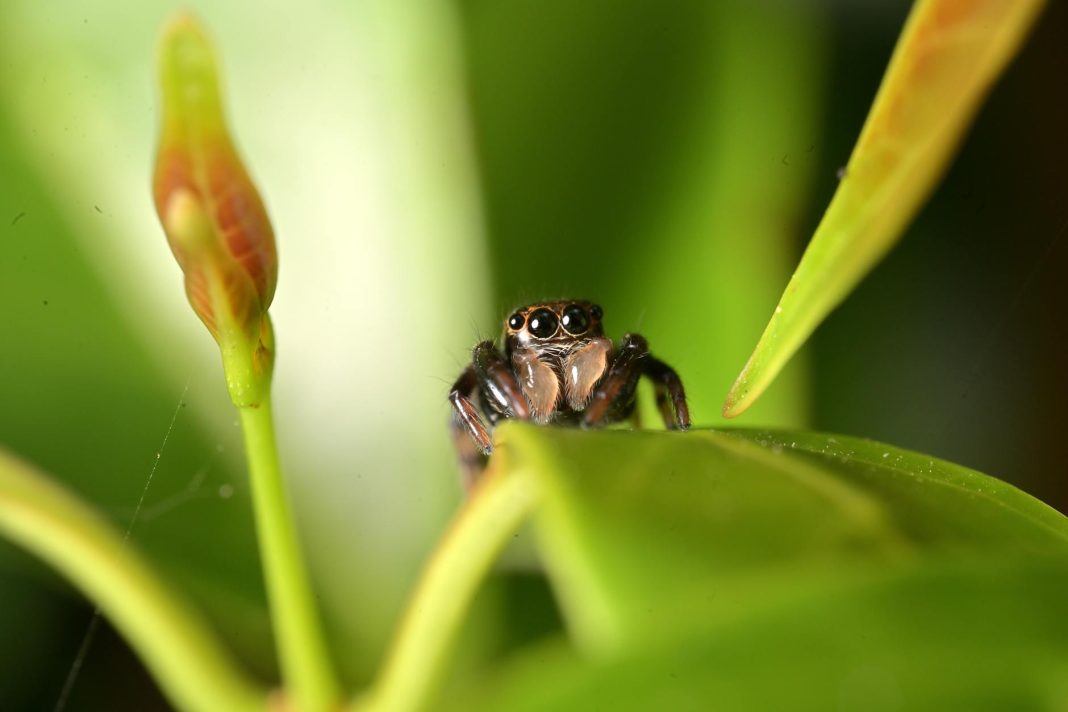Let’s be honest, folks. Toddlerhood. It’s a rollercoaster. One minute you’re basking in the glow of a sweet snuggle, the next you’re wrestling a miniature human tornado who’s decided the floor is lava (and also a surprisingly effective weapon). If you’re knee-deep in the glorious mess that is toddlerhood, you’re not alone. We’ve all been there, battling tantrums, navigating the minefield of discipline, and wondering if those precious little people will ever sleep again. This isn’t a survival guide—it’s a thriving guide. We’ll cover the tantrum tactics, the discipline dilemmas, and how to support their burgeoning independence, because honestly, we all deserve a bit of sanity (and maybe a glass of wine).
The Tantrum Tango: Why They Happen (and How to Handle Them)
Toddlers aren’t throwing fits to annoy you (though sometimes it feels that way). Their emotional regulation skills are still developing. They’re learning to communicate their needs and frustrations, and sometimes, words just aren’t cutting it. A tantrum is essentially a meltdown of epic proportions—their way of expressing overwhelm, exhaustion, hunger, or simply the fact that they want that bright red toy *right now*.
So, how do you navigate this emotional storm?
- Stay calm: Easier said than done, I know. But your calm demeanor can help de-escalate the situation. Take deep breaths, count to ten, or whatever it takes to keep your cool.
- Offer comfort, not solutions: Sometimes, they just need a hug and to know you’re there. Don’t try to reason with them mid-tantrum. It’s usually ineffective.
- Ignore the behavior (if safe): If the tantrum isn’t dangerous, ignoring the attention-seeking behavior can be surprisingly effective. They’ll eventually realize that screaming doesn’t get them what they want.
- Offer choices: Give them a sense of control. “Do you want to sit on the couch while you calm down, or cuddle with me?”
- Positive reinforcement: When the tantrum subsides, praise their efforts to calm down. “You did a great job calming down! I’m proud of you.”
Discipline: Finding the Right Balance
Discipline isn’t about punishment; it’s about teaching. It’s about guiding your toddler towards appropriate behavior. Positive reinforcement—praising good behavior—is far more effective than punishment. But what about the times they *do* misbehave?
Consider these strategies: Navigating the Wild West of Toddlerhood: A Survival Guide for Parents
- Time-outs: A short, calm time-out in a designated spot (not a dark room or closet) can help a toddler regroup. One minute per year of age is a good guideline.
- Natural consequences: Let them experience the consequences of their actions (within reason). If they throw their toy, they’ll have to play with something else. Don’t let them hurt themselves or others, but give them age-appropriate consequences.
- Redirection: If they’re about to do something wrong, redirect their attention. “Instead of hitting your brother, let’s build a tower with your blocks!”
- Consistency is key: Set clear rules and boundaries, and enforce them consistently. Inconsistency only leads to confusion and more tantrums.
Learning and Growing: Fostering a Love of Learning
Toddlers are sponges, soaking up information like crazy. This is the perfect time to nurture their natural curiosity and foster a love of learning. Don’t pressure them into formal learning; focus on play-based learning instead.
Here are some ideas:
- Reading: Read to them every day. It helps with language development, literacy skills, and bonding.
- Singing and dancing: Music and movement are fantastic for brain development and coordination.
- Art and crafts: Let them explore different textures and colors. Don’t worry about the mess!
- Outdoor play: Nature provides endless opportunities for exploration and learning.
- Pretend play: Encourage imaginative play, which is crucial for social-emotional development.
Supporting Independence: Letting Go (A Little)
Toddlers are desperate to assert their independence. It’s part of their development. They want to do things themselves, even if it takes longer and is messier. Supporting their independence doesn’t mean letting them run wild; it means offering guidance and support as they learn to do things on their own.
Here’s how you can support their independence:
- Give them choices: Offer them age-appropriate choices, such as “Do you want to wear the red shirt or the blue shirt?”
- Encourage self-help skills: Let them help with age-appropriate tasks like putting away toys, dressing themselves (even if it’s a bit wonky), and washing their hands.
- Patience is key: It takes time and practice for toddlers to master new skills. Be patient and offer encouragement.
- Celebrate their successes: Acknowledge their accomplishments, no matter how small. A big thumbs-up or “You did it!” goes a long way.
- Let them make (small) mistakes: Allow them to make small mistakes and learn from them. It’s part of the growing process.
The Bottom Line
Toddlerhood is a whirlwind of emotions, tantrums, and milestones. It’s challenging, yes, but also incredibly rewarding. Remember to be patient, understanding, and to celebrate the small victories. You’ve got this! And if all else fails, remember the power of chocolate (for you, not the toddler!).

